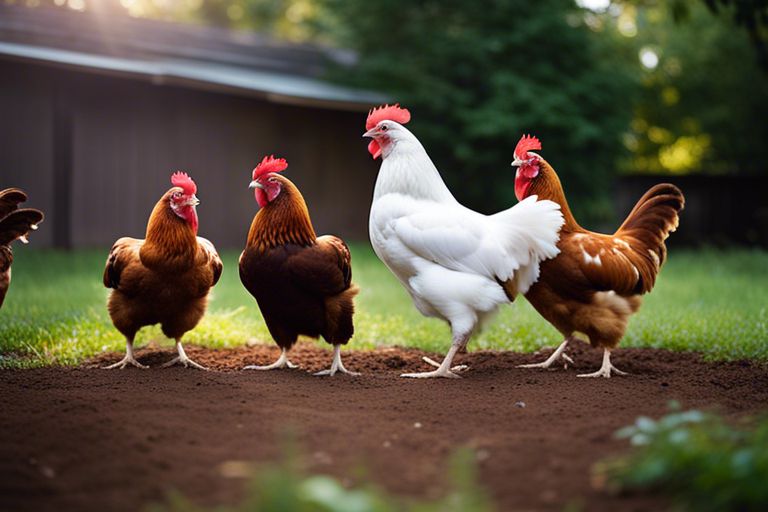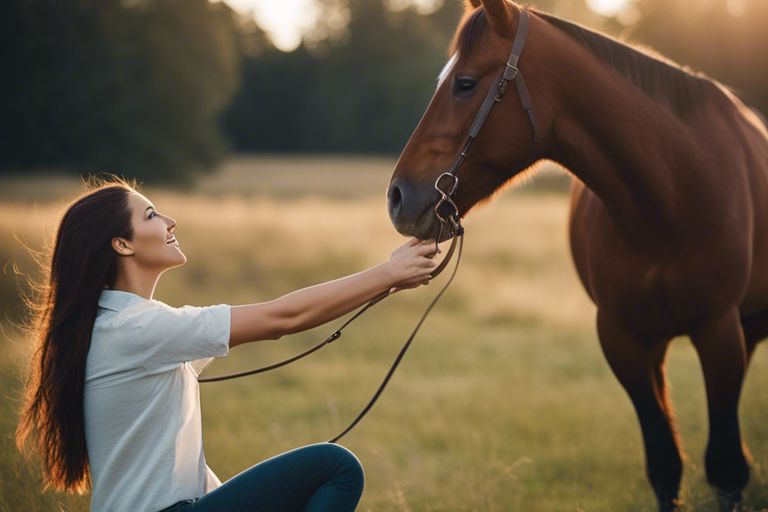Understanding chicken behavior is key to being a successful poultry farmer. Chickens may seem simple creatures, but they actually exhibit a wide range of behaviors that can give valuable insights into their health and well-being. By paying attention to your flock’s actions, you can better understand what they are trying to communicate to you. From their body language to their vocalizations, chickens have a unique way of expressing themselves. In this blog post, we will probe into the fascinating world of chicken behavior and help you decipher what your feathered friends are trying to tell you.
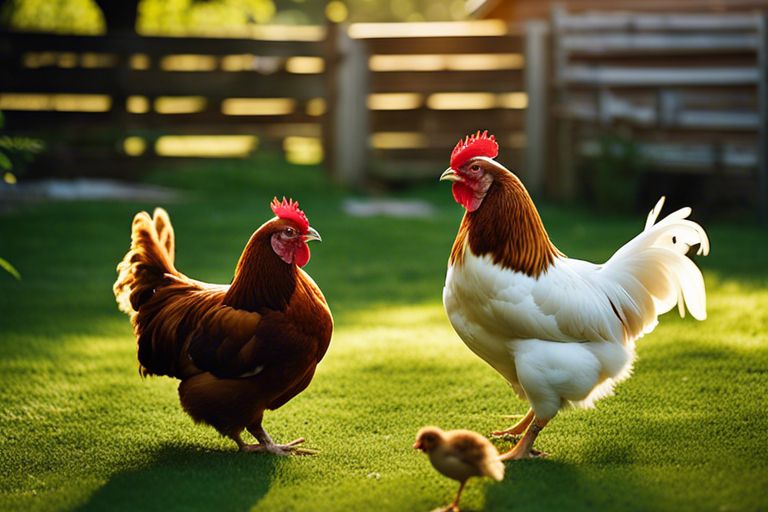
The Basics of Chicken Behavior
Instinctual Behaviors and What They Mean
To understand chicken behavior, it is necessary to recognize their instinctual behaviors. Chickens have natural instincts that guide their actions, such as scratching the ground for food, perching in trees to roost, and seeking shelter when they sense danger. These behaviors are rooted in their evolutionary history and play a crucial role in their survival in the wild.
The Social Structure of a Flock
They have a complex social structure within their flock, with each chicken occupying a specific position in the hierarchy. This pecking order determines which chickens have priority access to resources such as food and nesting spots. Establishing and maintaining this social order helps reduce conflict and promote cooperation within the flock.
Structure: Understanding the dynamics of a chicken flock’s social structure can provide valuable insights into their behavior. By observing how chickens interact with one another and establish their hierarchy, we can gain a better understanding of their social needs and behaviors.
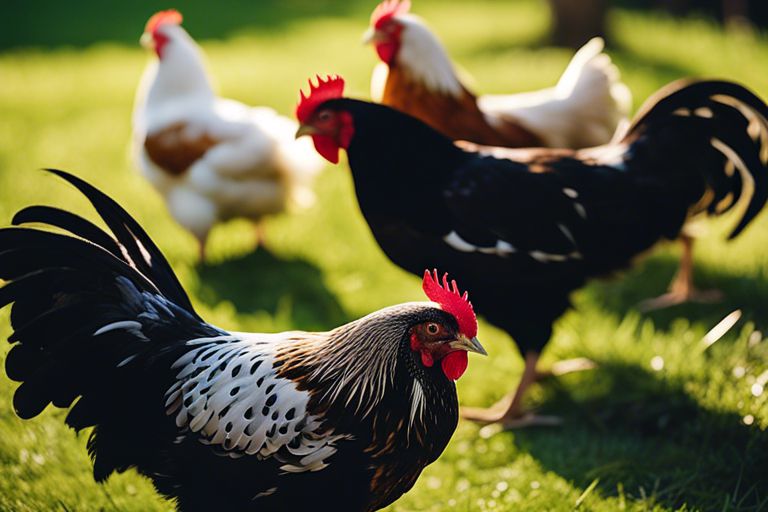
Interpreting Common Chicken Behaviors
Dust Bathing and Its Significance
The act of dust bathing is a crucial behavior in a chicken’s life. This seemingly simple act of rolling around in dirt is actually crucial for their health and well-being. Chickens instinctively dust bathe to clean their feathers, rid themselves of parasites, and maintain proper skin and feather health. Observing your flock engaging in dust bathing is a sign of content and healthy chickens.
Pecking Order and Aggression
The pecking order is a natural social hierarchy within a chicken flock. It determines the social ranking of each bird and helps reduce aggression and maintain order within the group. Aggression may occur as chickens establish and maintain their place in the pecking order. Understanding this behavior is crucial for ensuring a harmonious flock environment.
Any signs of excessive aggression, such as pecking that leads to injury or isolation of certain chickens, should be addressed promptly. Providing enough space, enrichment activities, and monitoring the flock’s dynamics can help minimize aggressive behaviors.
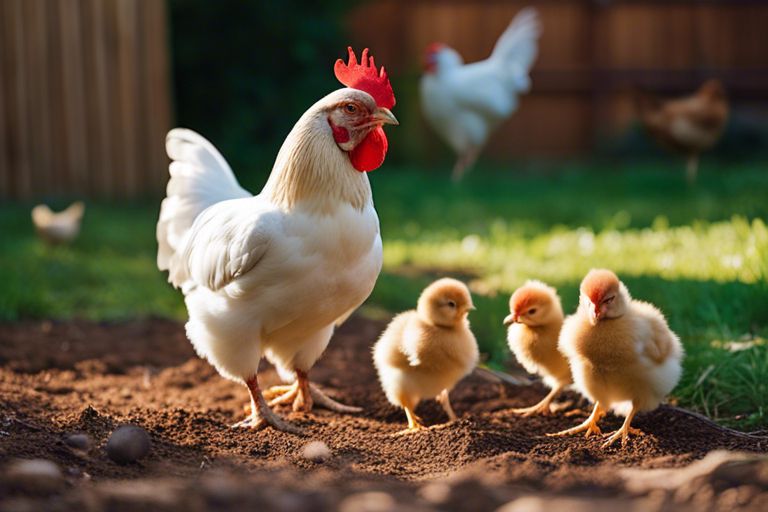
Communication Among Chickens
Vocalizations and Their Meanings
Keep an ear out for the various vocalizations in your chicken flock, as these sounds can convey important messages. Chickens use different types of clucks, cackles, and squawks to communicate with each other. A loud, continuous cackle could indicate distress or a warning of danger, while soft clucking often signifies contentment or communication within the flock.
Body Language and Physical Cues
For chickens, body language is a significant part of their communication repertoire. Pay attention to their physical cues such as posture, feather position, and eye contact to understand their moods and intentions. A raised head and puffed-up feathers may signal aggression or territorial behavior, while a low stance with relaxed feathers indicates submission or calmness.
One key physical cue to watch for in chickens is their tail feathers. When a chicken holds its tail feathers up high, it is often a sign of alertness or excitement. Conversely, a tucked or drooping tail feather may indicate fear or sickness. By observing and interpreting these body language signals, you can better understand your flock’s dynamics and address any issues that may arise.
Communication is necessary in maintaining a harmonious flock and understanding the social hierarchy within your chicken community. By paying attention to both vocalizations and body language cues, you can decipher the messages your feathered friends are trying to convey and promote a peaceful coexistence among your flock.
Enhancing Your Flock’s Well-being
Providing a Stimulating Environment
After ensuring the basic needs such as food, water, and shelter are met, it’s important to provide your flock with a stimulating environment. This can include adding perches, platforms, and objects for them to explore, such as hanging treats or mirrors. These enrichments can keep your chickens mentally stimulated and prevent boredom-related behaviors.
Handling and Interacting with Your Chickens
Flocks thrive when they have positive interactions with their human caretakers. Regular, gentle handling can help chickens become more comfortable around people, making routine health checks and care easier. Any handling should be done calmly and confidently, and it’s important to respect each chicken’s comfort level. Regular interactions like talking to your flock and spending time in their presence can also help strengthen the bond between you and your chickens.
To wrap up
Ultimately, understanding chicken behavior is crucial for any flock owner. By being able to interpret their actions and vocalizations, you can ensure the health and well-being of your chickens. Recognizing signs of stress, illness, or even contentment can help you address any issues promptly and create a harmonious environment for your flock. Paying attention to your chickens’ behavior is key to building a strong connection with them and providing them with the care and attention they need to thrive. So keep observing, listening, and learning from your chickens, as they are always trying to communicate with you in their own unique way.
FAQ
Q: How can I understand my chicken’s behavior better?
A: Understanding your chicken’s behavior involves observing their body language, vocalizations, and interactions with each other. By spending time with your flock, you can learn to decipher what they are trying to communicate.
Q: What do different vocalizations from chickens indicate?
A: Chickens have distinct vocalizations for various purposes. For example, loud, repeated clucking may signal alarm, while soft clucking is a soothing sound often heard when they are foraging.
Q: Why is it important to pay attention to your chicken’s body language?
A: Chicken’s body language can reveal a lot about their emotions and well-being. Signs such as raised feathers, pecking, or pacing could indicate stress, illness, or aggression within the flock.
Q: How do chickens establish their hierarchy within a flock?
A: Chickens establish their pecking order through various behaviors like pecking, chasing, and vocalizations. It’s necessary to allow them to establish this hierarchy naturally to maintain a harmonious flock.
Q: What does it mean when chickens engage in dust bathing?
A: Dust bathing is a natural behavior for chickens that helps them keep clean and control pests. It also serves as a form of relaxation and social bonding within the flock.
Q: How can I tell if my chickens are stressed or unwell?
A: Signs of stress or illness in chickens include decreased appetite, lethargy, abnormal feather loss, unusual vocalizations, and isolation from the flock. It’s crucial to monitor your chickens closely for any changes in behavior.
Q: What are some ways to ensure my flock’s well-being and happiness?
A: Providing a safe and spacious living environment, a balanced diet, clean water, regular health check-ups, opportunities for exercise and foraging, and social interaction are key factors in ensuring the well-being and happiness of your flock.
